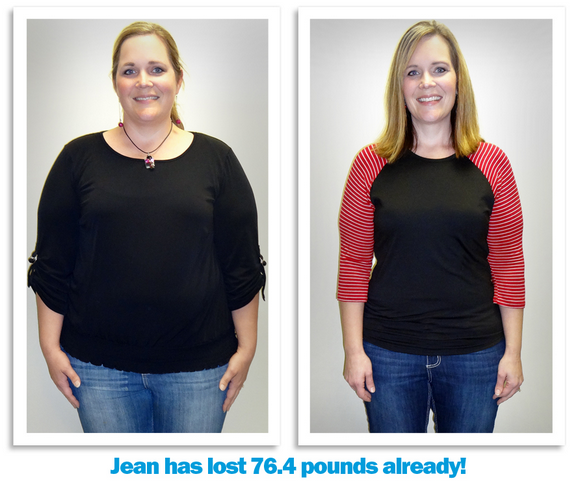The following are steps you can take to become a fat burning machine:
- The first and most important step is to stick like glue to a low-carb, moderate-protein, high-fat food eating program for a minimum of 2-3 weeks, and optimally up to 6 weeks to ensure a metabolic change takes place. That means don’t cheat at all.
- Start your day (whether that’s at a traditional breakfast time or whenever you get hungry) with adequate protein and fat. That might include bacon and eggs, cheese and sausage, or last night’s leftovers. The important thing is “don’t skimp on protein and fat!” This will keep you satiated and satisfied till your next meal.
- Do as much “easy” movement/exercise as you can … walking, casual biking, etc. Keep your heart rate under “180 minus your age” to tap into fat stores. (Don’t worry about a minimum heart rate.)
- If you are able, occasionally (once-a-week) perform 10-30 second spurts of high-intensity activity to increase fat-burning capabilities.
- If you want a few “extra” carbs for whatever reason (preferably from whole foods like fruit or additional veggies like carrots, for example), have them right before or right after an exercise session. If before, you will burn them off during exercise; if after, they will replenish stored glucose in the muscles.
- Minimize snacks and stick to meals only.
- Once you are able to go 5-6 hours between meals, experiment with intermittent fasting or meal-skipping to increase your body’s ability to burn fat first. This is most easily done by skipping breakfast or skipping dinner and extends the natural fast everyone does when they sleep at night. Continue to drink water (and coffee or unsweetened tea if you’d like) during fasting times. (Keep in mind that fasting doesn’t necessarily mean consuming less overall calories for the day. It means that the calories you do eat will be consumed in a narrower window of time which has been shown to have a positive effect on managing weight. [1])
Follow those steps and you will be on your way to becoming a fat burning machine.
[1] http://www.cell.com/cell-metabolism/abstract/S1550-4131%2814%2900498-7









